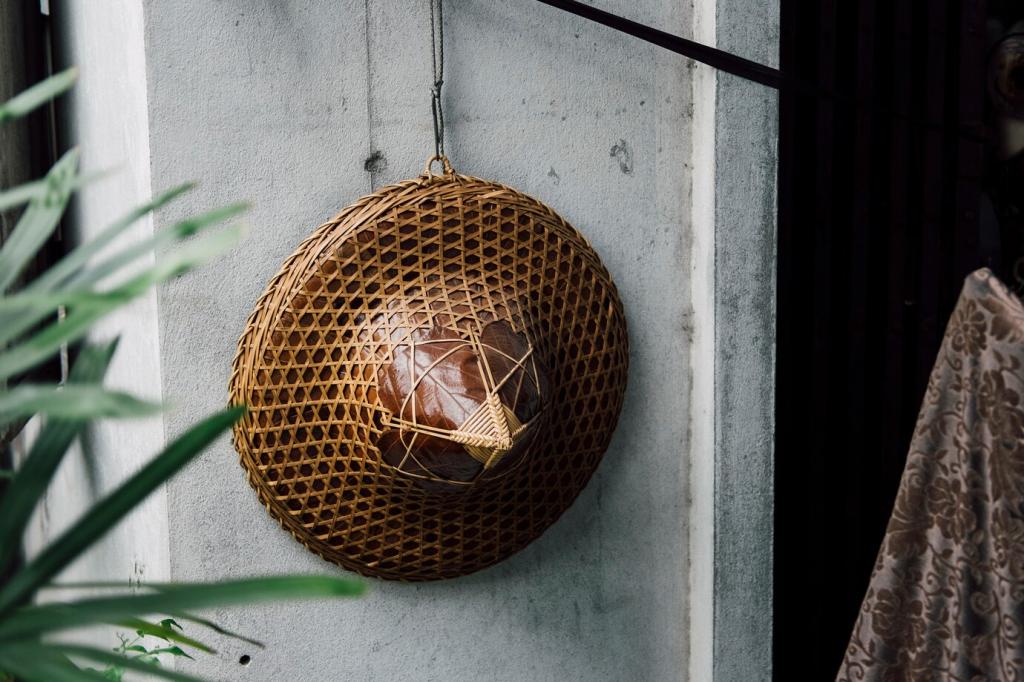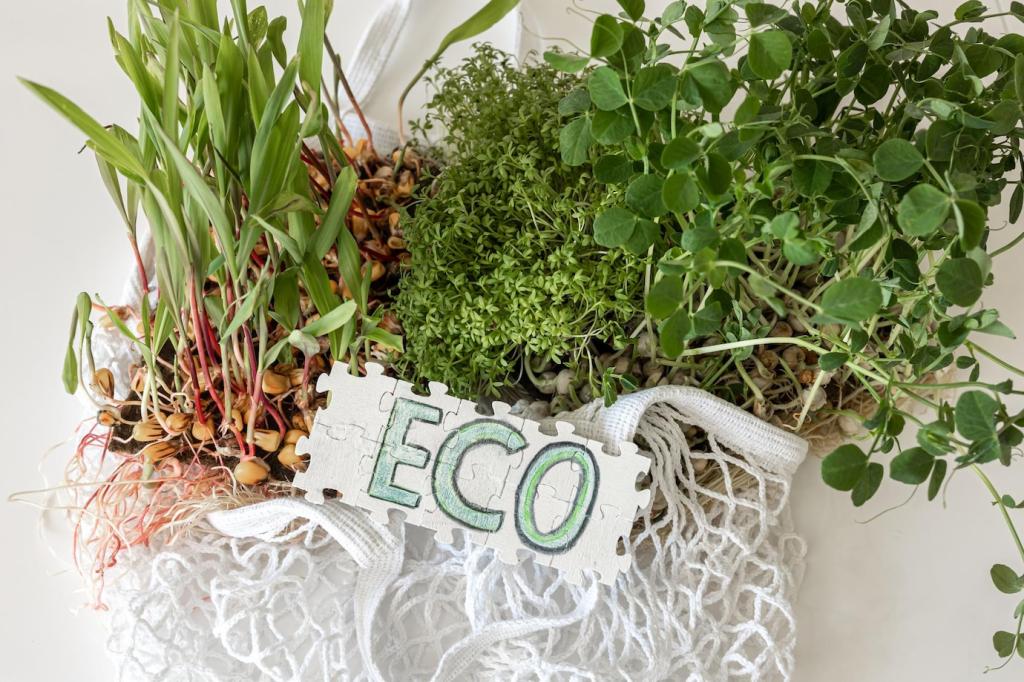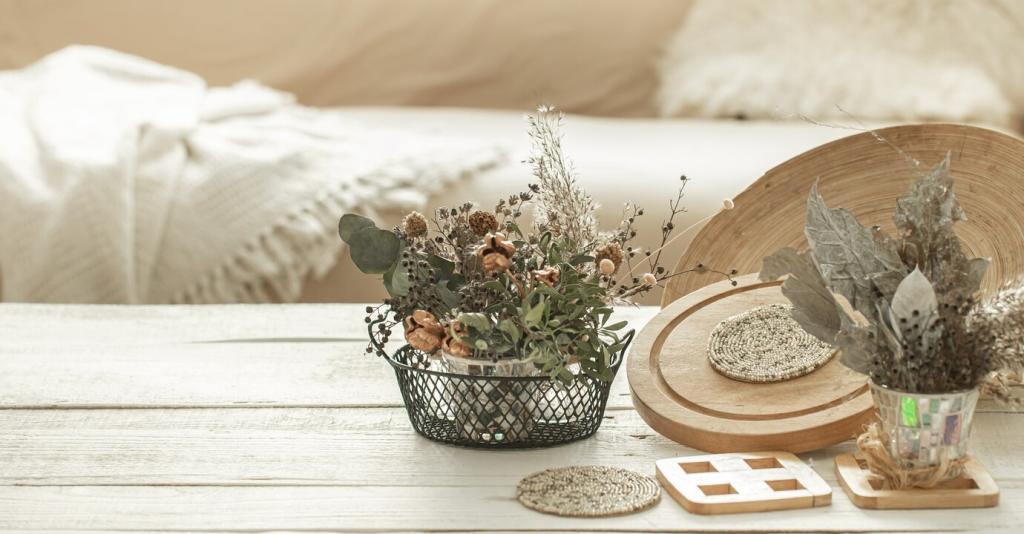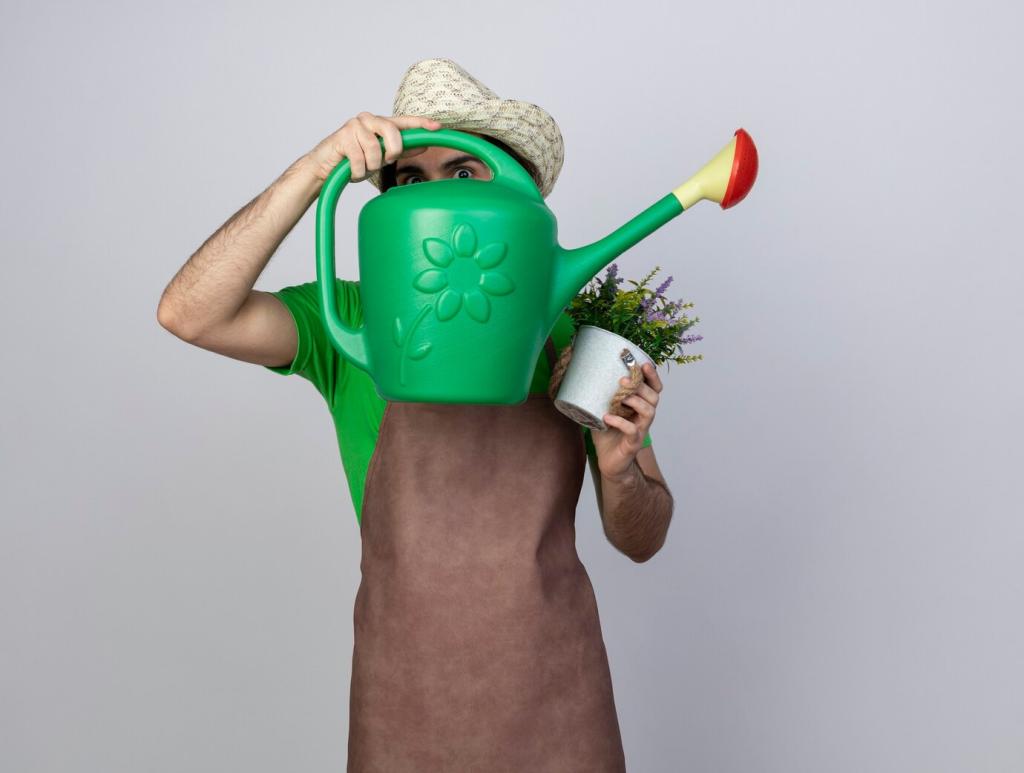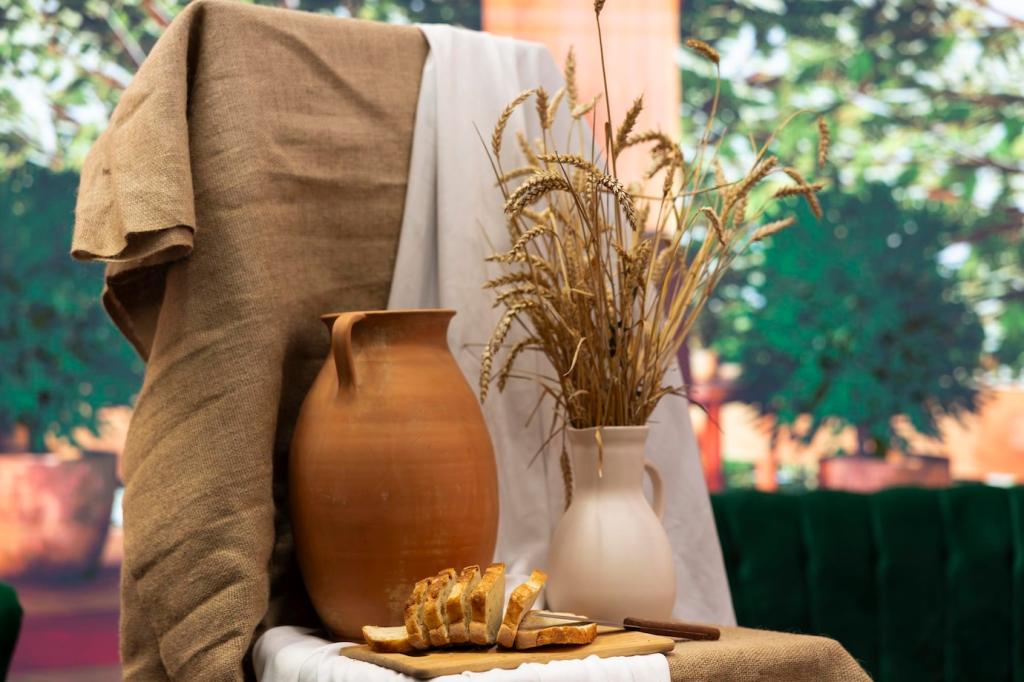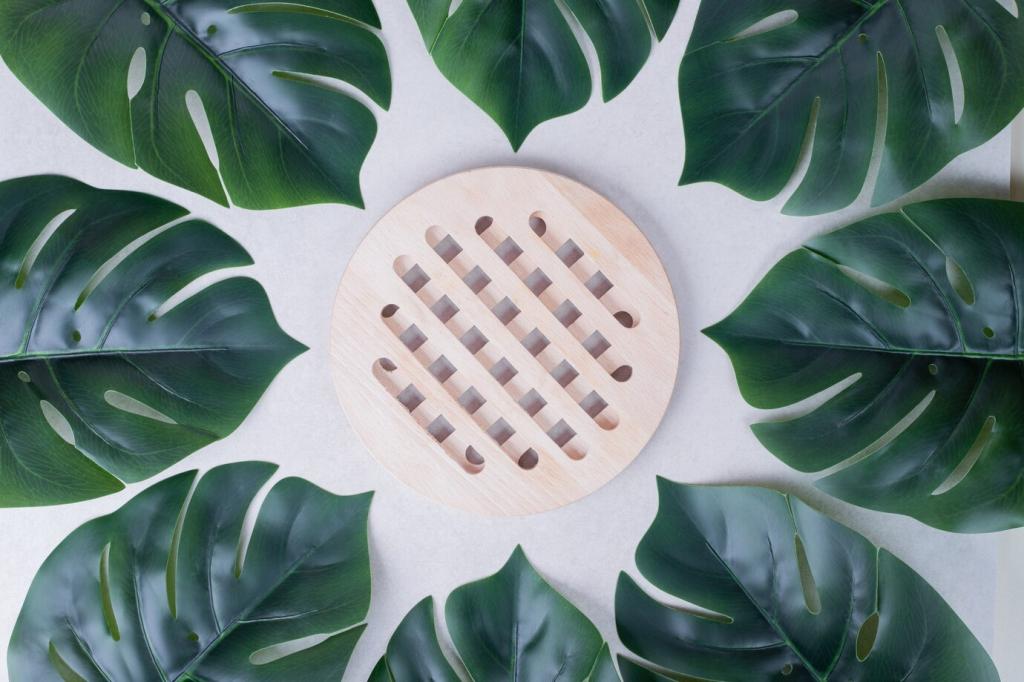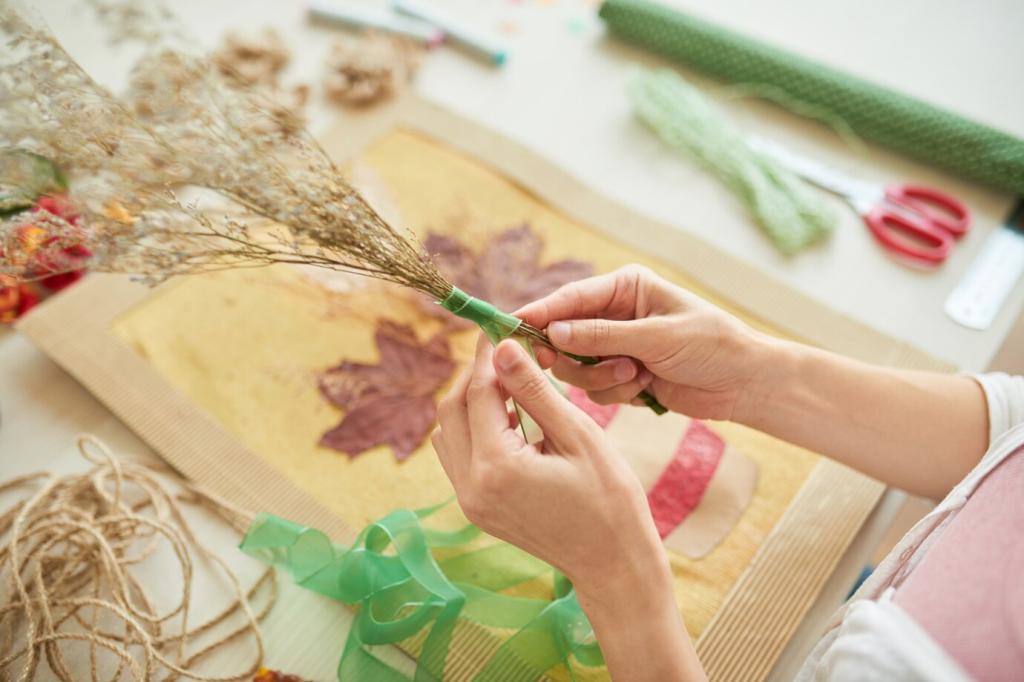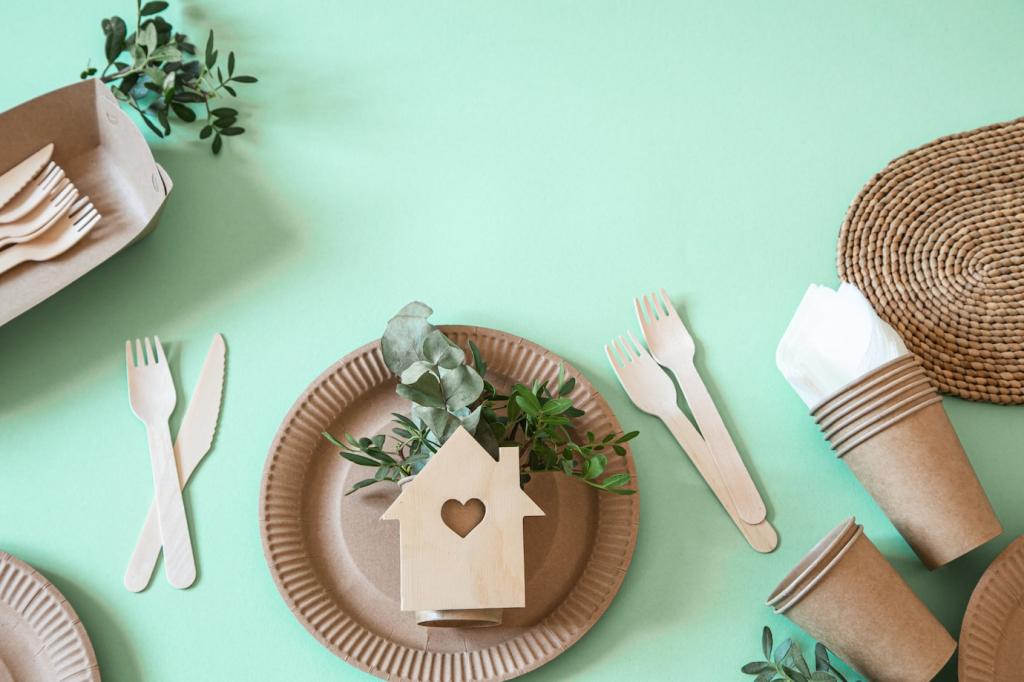Troubleshooting and Happy Accidents
Uneven scouring, crowded pots, or fabric not fully saturated can cause blotches. Re-scour, increase liquor-to-fiber ratio, and pre-wet thoroughly. Gentle agitation helps on cellulose fibers. Share your before-and-after fixes so newcomers see that patchy beginnings can lead to gorgeous overdyed finishes.
Troubleshooting and Happy Accidents
Weak mordanting, UV exposure, and harsh detergents are usual culprits. Improve with an alum bath, consider a tannin pre-treat for cotton, and protect curtains with linings. Over-dye gently to refresh. Comment with your lightfastness tests, including swatches taped half-in, half-out of sunlight.

